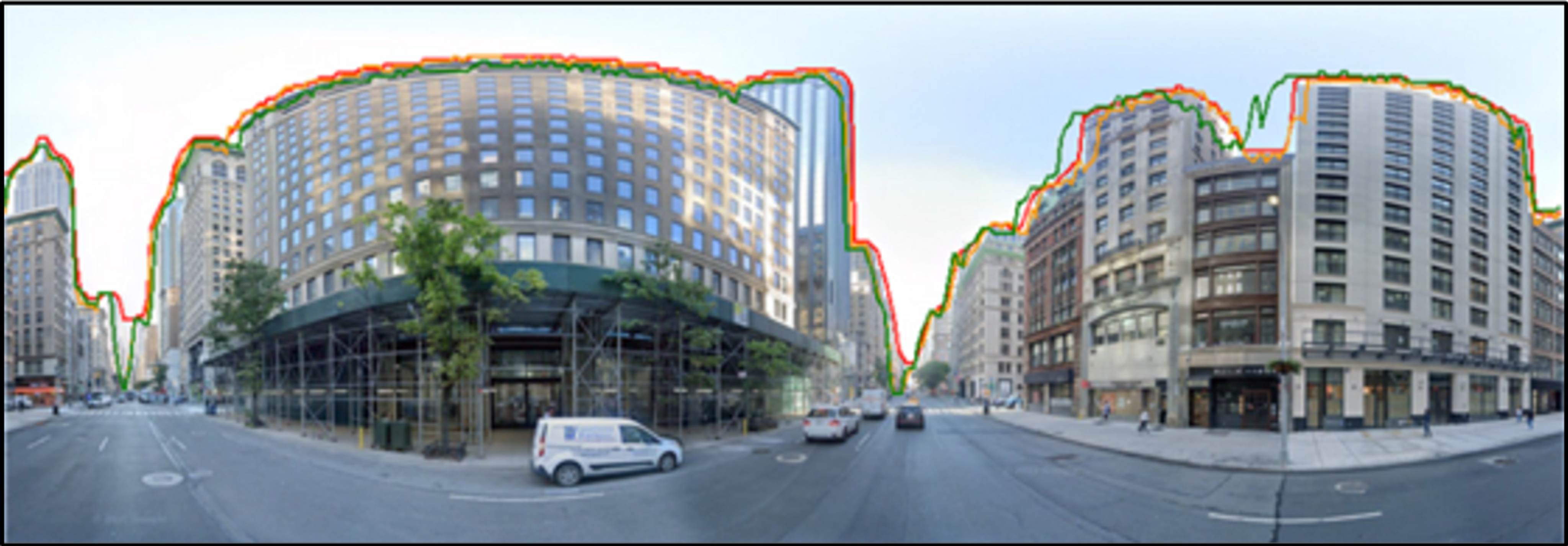Achieving the Science Mission Directorate’s groundbreaking science goals often requires significant technological innovation—e.g., new instruments or cutting-edge capabilities. Each SMD science division—Astrophysics, Biological and Physical Sciences, Earth Science, Heliophysics, and Planetary Science—develops new technologies targeted to enable SMD science. Often, these efforts are accomplished via division-sponsored technology development or mission programs. The directorate also sponsors collaborative workshops where stakeholders examine how innovative technologies can enable Agency missions. In addition, SMD coordinates with other NASA directorates, government agencies, industry, and academia to ensure its research programs and missions have the technology they need to accomplish revolutionary science.
Technology Highlights

2023 Entrepreneurs Challenge Winner Skyline Nav AI: Revolutionizing GPS-Independent Navigation with Computer Vision
NASA sponsored Entrepreneurs Challenge events in 2020, 2021, and 2023 to identify innovative ideas and technologies from small business start-ups…

Very Cold Detectors Reveal the Very Hot Universe and Kick Off a New Era in X-ray Astronomy
X-rays are radiated by matter hotter than one million Kelvin, and high-resolution X-ray spectroscopy can tell us about the composition…

Towards Autonomous Surface Missions on Ocean Worlds
Through advanced autonomy testbed programs, NASA is setting the groundwork for one of its top priorities—the search for signs of…
Accelerating Informatics for Earth Science 2024
Fostering the development of productive partnerships between commercial data product developers and the science community, and exploring innovative ways to improve processing archived and real-time satellite data.
Learn More









